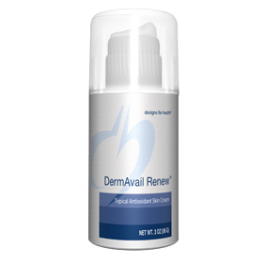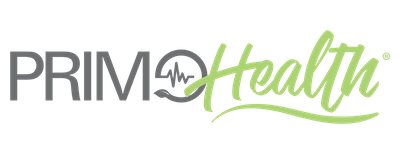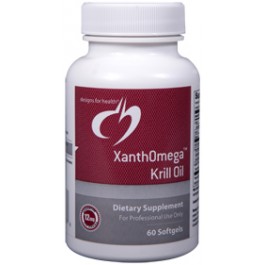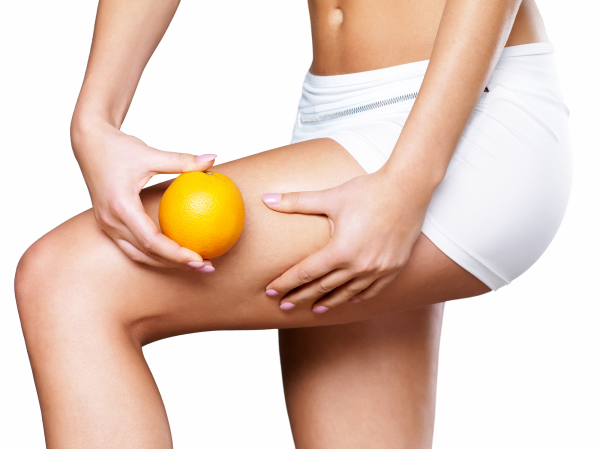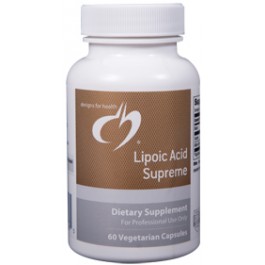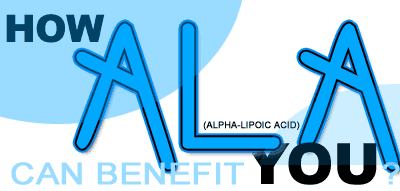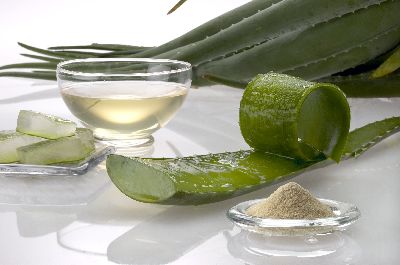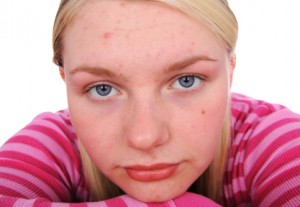Cellulite Reduction
By Gene Bruno, MS, MHS – Dean of Academics, Huntington College of Health Sciences
Cellulite is more common in women than in men. The reason for this is that a layer of connective tissue is more irregular and discontinuous in women than in men.1 The dimpled, “cottage cheese” appearance of cellulite is simply fat tissue which is pressing through connective tissue. This might be compared to wearing a button-up-the-front shirt which is too small for you, and seeing your tummy press through the shirt openings where the fabric is straining against the buttons. Nonetheless, as “unsightly” as cellulite is, it is actually no different than any other type of body fat.
This is good news for cellulite sufferers since they can apply many of the same effective strategies for losing cellulite, as they would use for losing body fat in other areas. This includes the use of natural agents such oligopeptides and chitosan which reduce dietary fat absorption, as well as thermogenic agents which help promote “fat burning.” In addition, a new dietary supplement strategy is currently being promoted in our industry which purports to enhance cellulite reduction. This strategy was originated by Dr. Gianfranco Merrizi.
